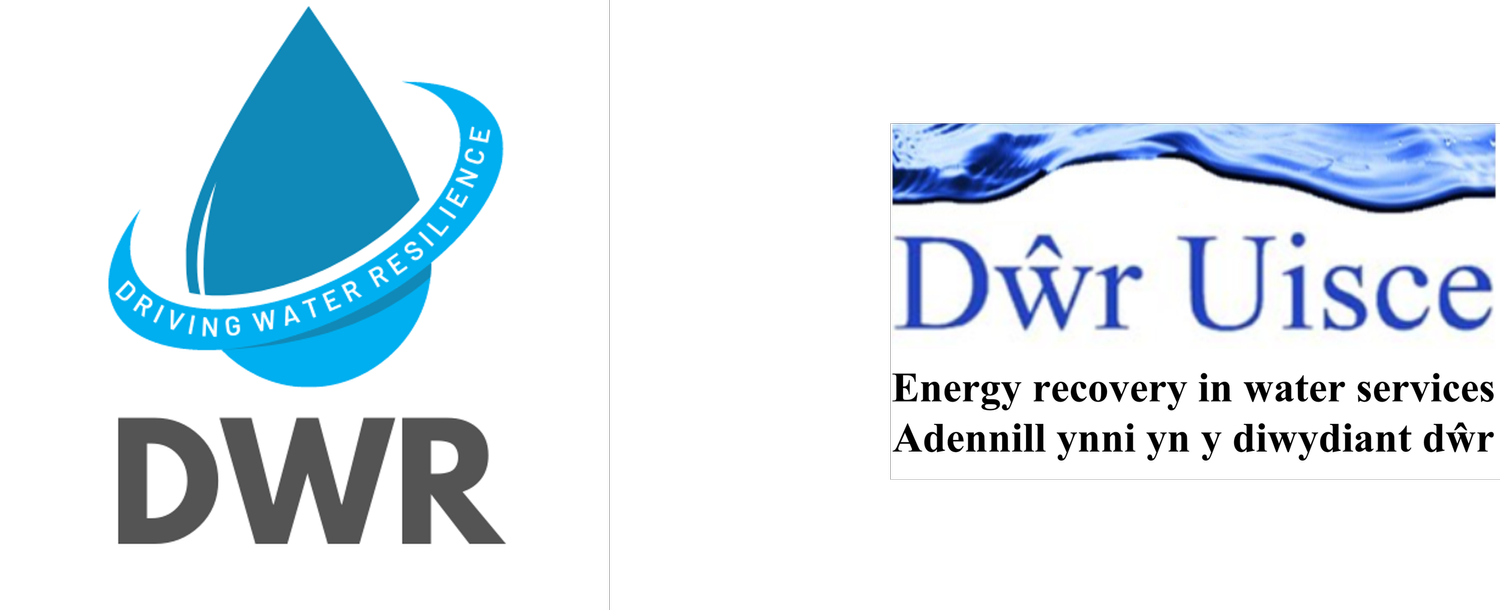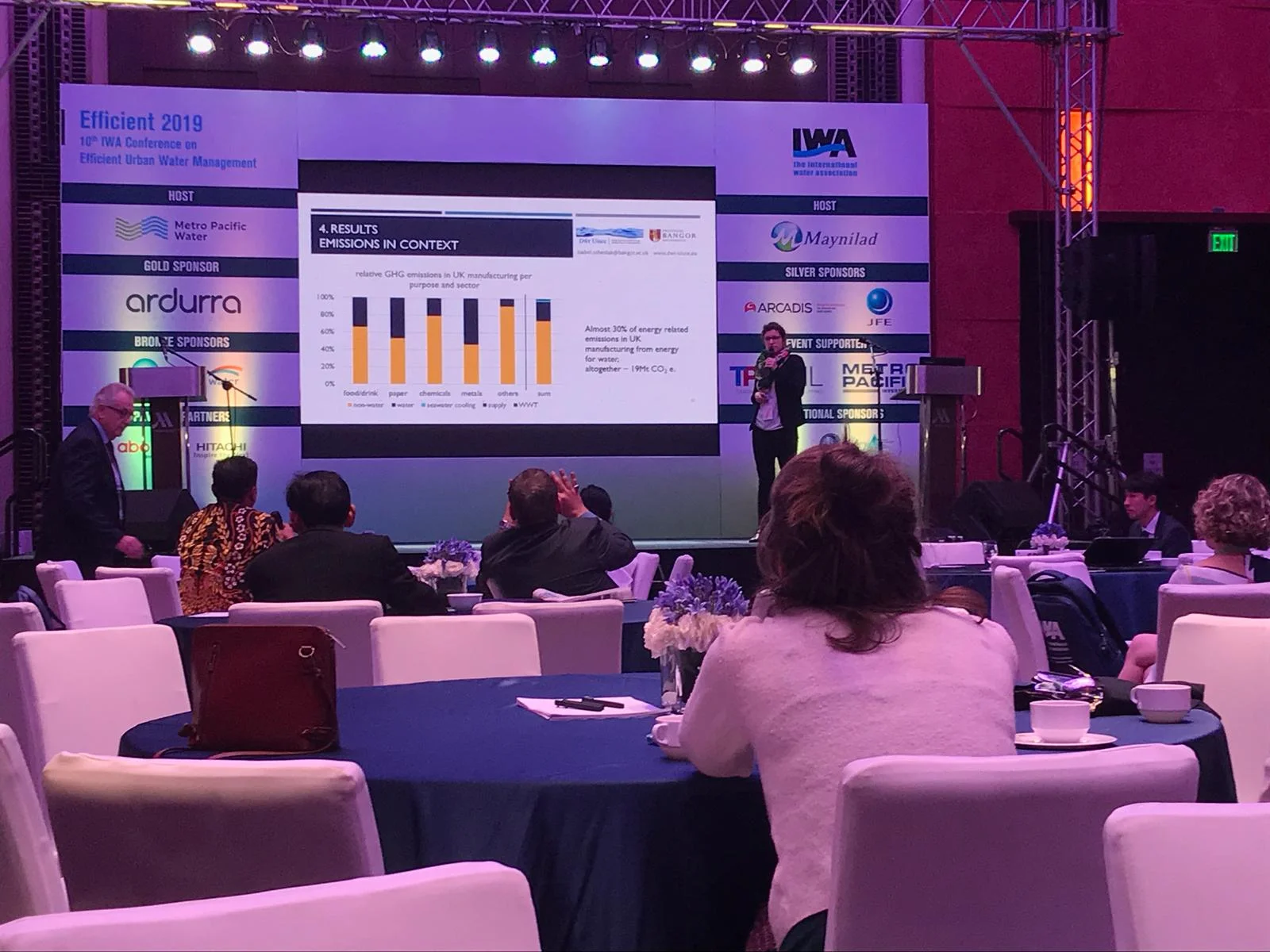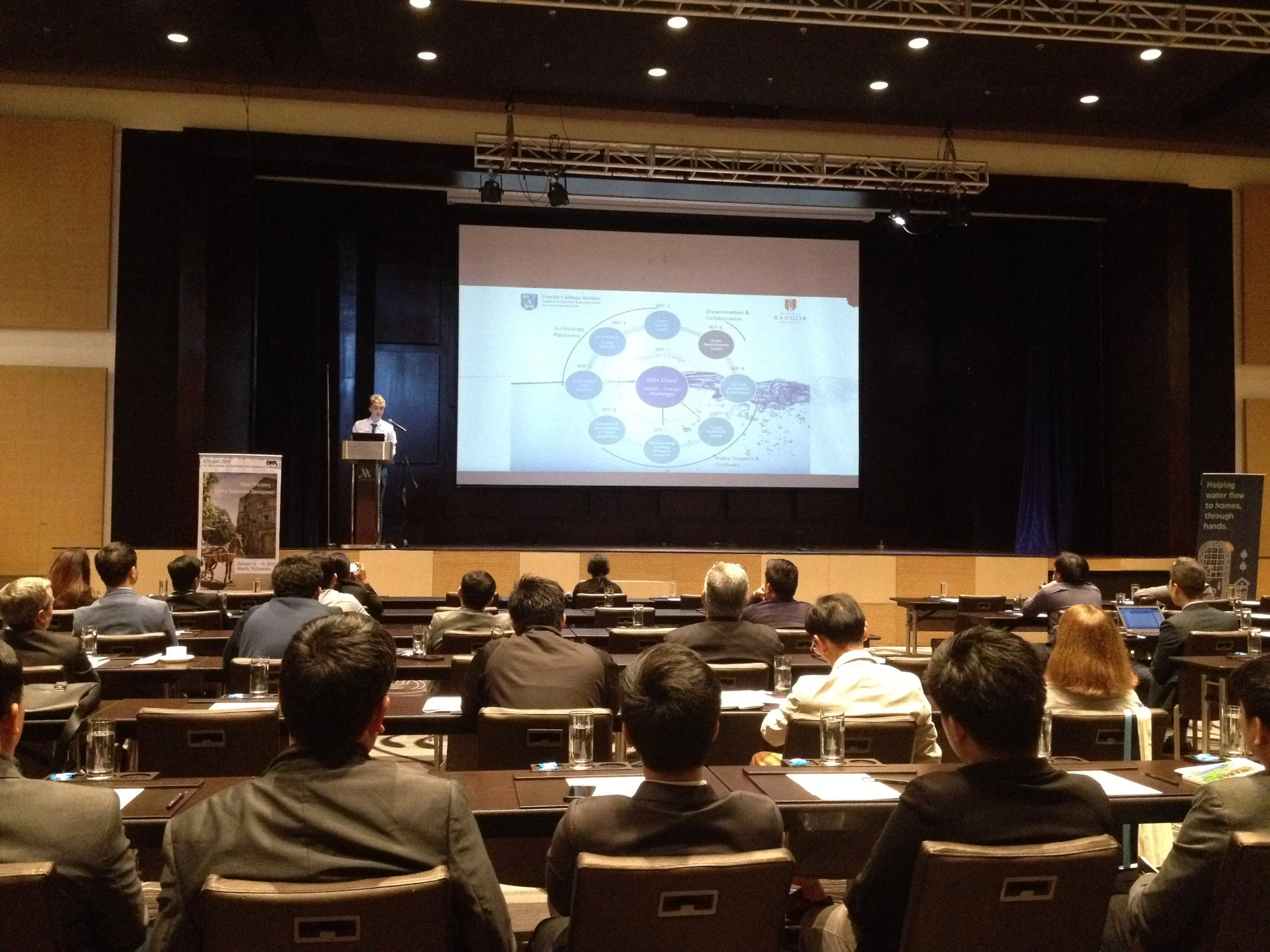The European International Conference on Transforming Urban Systems (EICTUS) took place from June 26th to June 28th in Strasbourg. The conference brought together a multi-disciplinary field of researchers, and focused on topics ranging from Urban Water Management, over Air Pollution to new Mobility systems. Jan presented his work on a methodology to include Spatial and Temporal aspects into feasibility studies for heat recovery from the effluent of wastewater treatment plants. His presentation, entitled ‘Spatial and temporal variations in the performance of indirect drain water heat recovery systems in wastewater treatment plants’ was part of the Urban Water session of the conference.
The study was performed in collaboration with the Institute of sanitary Engineering and Water Pollution Control of the University of Natural Resources and Life Sciences, Vienna (BOKU), where Jan stayed for 3 months as a visiting researcher. A more detailed description of the methodology, and an application on a case study was submitted for publication under the title: ‘Spatial and temporal considerations in the performance of wastewater heat recovery systems’.


















